Let's explore GD's 'most beautiful counties in China'
Writer: Chen Xiaochun | Editor: Stephanie Yang | From: Shenzhen Daily | Updated: 2020-12-14
A+ A- Print
Guangdong is a vast province with abundant hidden gems. Here, you will not only encounter thousands of years of history, but can also treat your taste buds with a huge variety of Cantonese delicacies and feast your eyes on rich natural and cultural sites.
A list of the “Most Beautiful Counties in China” was released at the 16th China (Shenzhen) International Cultural Industries Fair on Nov. 16 and seven counties and districts in Guangdong were selected, including one in Shenzhen. The core selection standards include rich tourism resources, an ecological environment and culture.
Suixi County, Zhanjiang
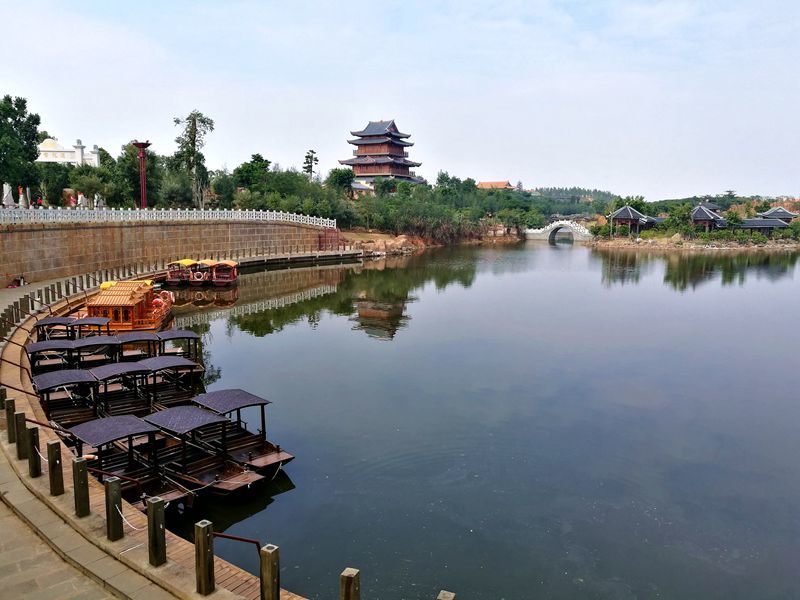
As the cradle of western Guangdong culture, Suixi County is endowed with abundant produce, beautiful scenery and a large number of cultural and historical sites. It’s reputed as “land of fish and rice,” the “hometown of the dancing lion,” and “the sweetest county in China” (as it abounds in sugarcane).
Around 7,000 years ago, ancient humans created one of the earliest material civilizations on the Leizhou Peninsula, leaving behind the Liyudun Neolithic Site we see today. It’s also called the “No.1 Village on the Leizhou Peninsula.”
Suixi County has always been a bustling economic trade area in the northern part of the Leizhou Peninsula. It’s one of the main commercial ports for China’s south gateway to the world.
The thousand-year-old Confucian Temple, the vast span of silver sand, the Beipo fish lantern dance at night, the hometown of the dancing lion, the longevity village, historic Suer Village, the thousand-year ancient Tiaofeng Path, Kongsheng Mountain where you can appreciate Confucian culture ... all these make Suixi a beautiful county and an ideal destination.
Haifeng County, Shanwei
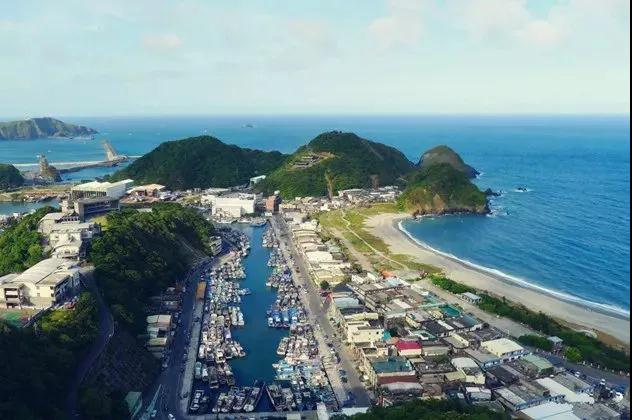
The name of Haifeng County means “rich produce in South China Sea.” A famous historic and cultural city in Guangdong, Haifeng ranks among the top 10 in terms of comprehensive economic strength in eastern Guangdong. Home to 124.95 kilometers of coastline, it has a large number of bays and ports.
It’s one of the 13 revolutionary bases in China. The Red Palace and Red Square at the center of Haifeng’s downtown is the birth place of the Hai-Lu-Feng Soviet Worker-Peasant-Soldier Government, the very first soviet regime in China. It’s said that there are two Red Squares in the world, one in Moscow and the other in Haifeng.
Lianhua Mountain Forest Park, located in Lianhua Town in northern Haifeng County, is endowed with lofty mountains and high ranges, strange-shaped rocks, green water and luxuriant forest.
Dongyuan County, Heyuan
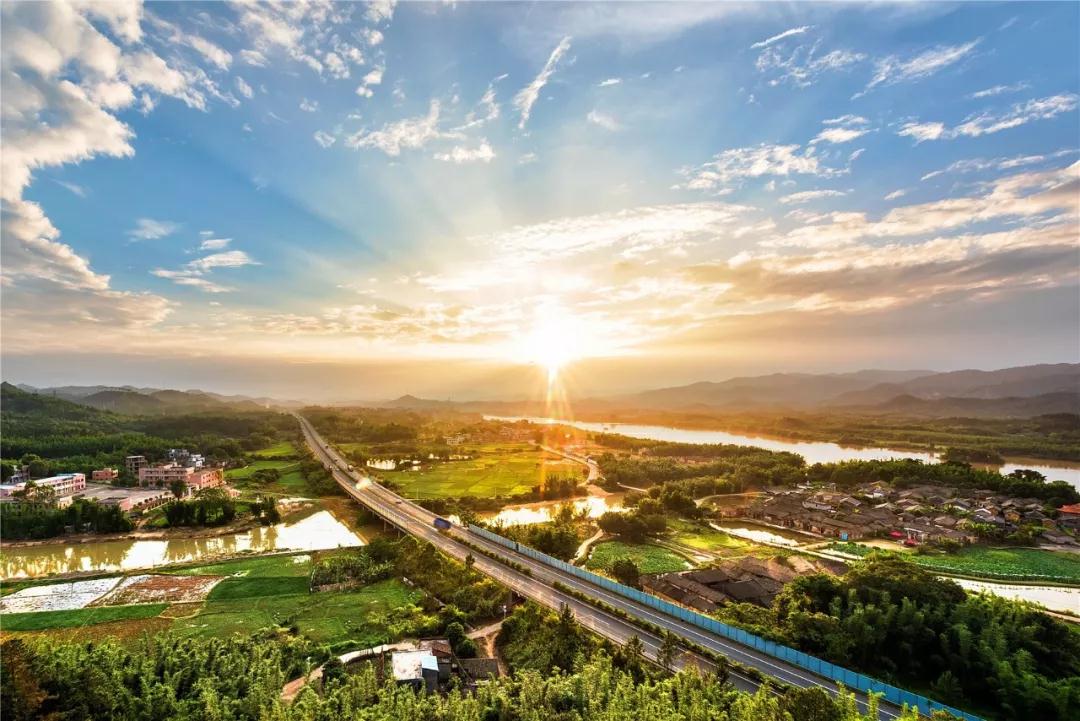
Dongyuan County is the second-largest county in Guangdong Province. It’s a Hakka area, a pearl along the Dongjiang River. The county is home to renowned tourist sites including the Wanlyu Lake, Guishan Mountain, the Jinghuayuan Scenic Resort, the Dongjiang Gallery Tourism Area and the Huanglongyan Limestone Cave.
Originally named Fengjiang Reservoir, the Wanlyu Lake is the largest man-made lake in South China, which got its new name thanks to its yearlong greenery. The reservoir is known for its clear water, which is used to produce the renowned Nongfu Spring brand of mineral water. The Wanlyu Lake and the Qiandao Lake in Zhejiang are “sister lakes.”
There is a saying: “If you haven’t visited the Wanlyu Lake, you haven’t visited Heyuan.” The water changes colors as the angle of the sunshine beam and ray of light change during the day.
The 76-kilometer-long Dongjiang Gallery Tourism Area boasts a beautiful landscape, Hakka culture and Red Culture. Huanglongyan Limestone Cave is a tourist area integrating the culture of the She ethnic group with natural limestone caves.
Lechang City, Shaoguan

Located at the southern foothill of Nanling Mountains, the Lechang City neighbors Hunan Province. Located in the area bordering northern Guangdong, it’s nicknamed the “North Gate of Guangdong.” In Lechang, you will encounter splendid natural scenery and resources including Danxia landforms, karst landforms, karst caves and limestone caves, subterranean rivers and hot springs.
Jinji Ling, literally Golden Rooster Ridge, is one example of the Danxia landforms. The mountain got its name because there is a rock on it in the shape of a rooster. The Golden Rooster Stone is the symbol of Golden Rooster Ridge and Pingshi Town itself. The peak is at an altitude of 338 meters and has a relative height of 168 meters. The rooster measures 20.8 meters long and 8.4 meters in width.
Jiufeng Town is located in the mountainous region of northern Guangdong. It is an excellent production area for natural green fruits. Every year in February and March, peach and plum trees blossom on Jiufeng Mountain, making it a nice place for outdoor activities and photography.
Deqing County, Zhaoqing
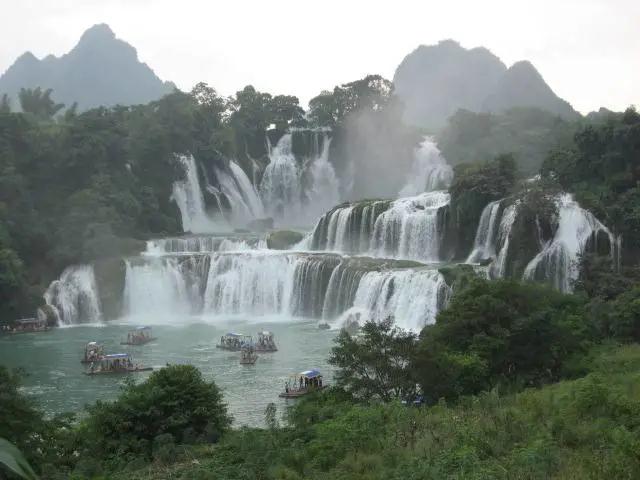
Located in Zhaoqing City, Deqing County faces the Xijiang River to the south and is separated from Yunan County and Yun’an District of Yunfu City by the river. It is home to a number of renowned tourist sites.
The Panlong Gorge Scenic Area, located in the northwest of Deqing County, is a primitive ecological area. It was rated as “the most beautiful place in Guangdong” by Chinese National Geography in 2005. Covering 30,000 mu (20 square kilometers) of land, the long gorge is home to more than 100 waterfalls. There are many ancient trees in the area, including the “living fossil plant” species alsophila podophylla, which has national class-one protection and can be seen everywhere.
The Longmu (Mother of Dragons) Ancestral Temple is a 4A tourist site. First built during the Qin (221-206 B.C.) and Han (206 B.C.-A.D. 220) dynasties, the temple enjoys over 2,000 years of history. Together with the Chen Clan Academy in Guangzhou and the Ancestral Temple in Foshan, they are reputed as the “Three Treasures” of Lingnan ancient architecture.
The Jinlin Water Village, hidden among mountains and waters, enjoys a history of over 1,700 years. There are many lakes and ponds in the village, and running water flows in front of every household. The village is home to numerous ancient ancestral halls and houses, emanating an antique flavor.
Liannan Yao Autonomous County, Qingyuan
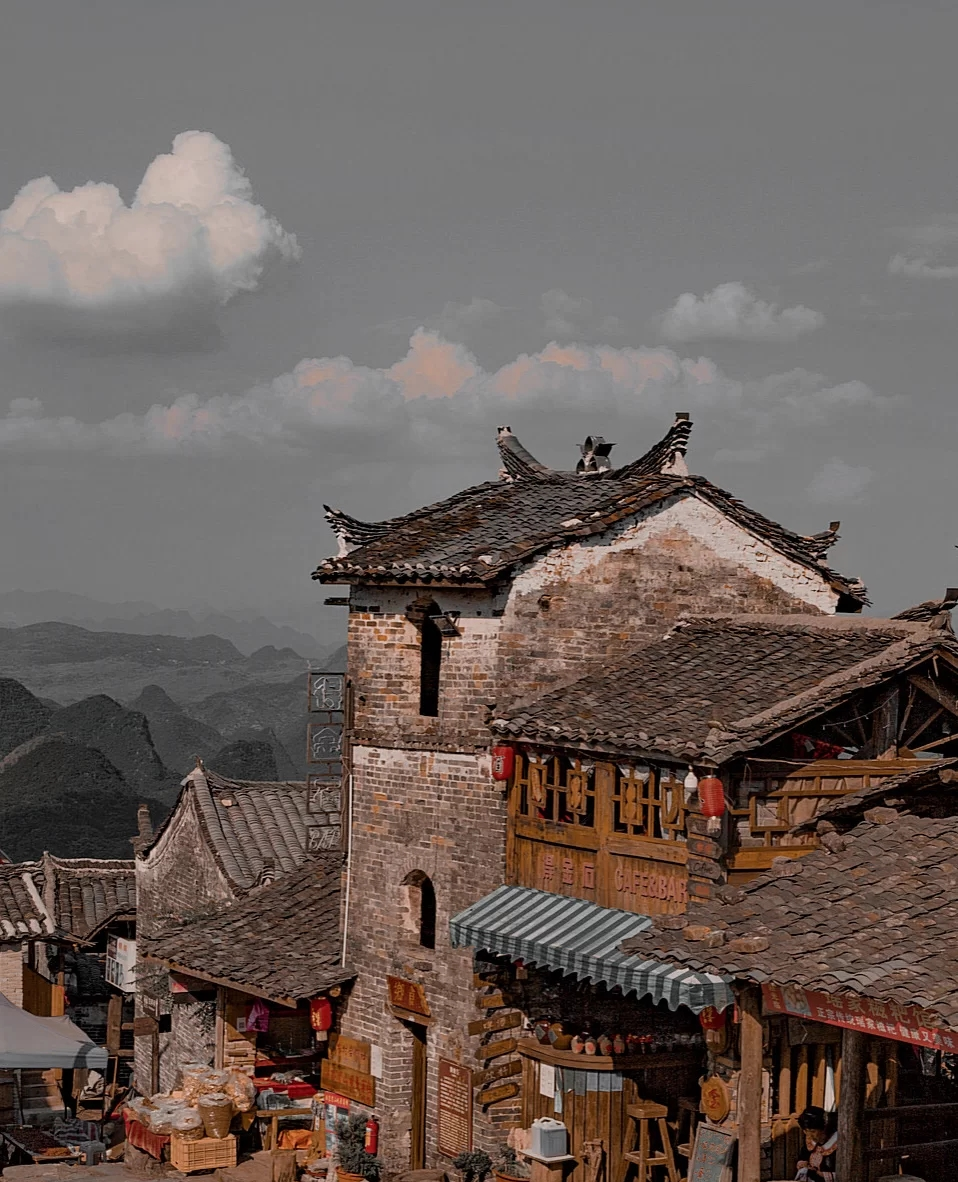
Liannan Yao Autonomous County is the only place in China where Paiyao (one of the branches of the Yao nationality) live together. It’s also the birth place of the classic song “Yao Dance.”
There are many mountains and little flat ground. Known as “nine mountains with half water and half field,” Liannan Yao Autonomous County is home to green mountains and water, with fresh air everywhere. On the hundreds of kilometers of high mountains and hills, you will find Yao villages everywhere, hence the name “Hundred Kilometers of Yao Mountains.”
The Nangang Thousand-year Yao Village, as the largest, oldest and best preserved Yao minority village in China and even in the world, was built on limestone hills, some 800 meters above sea level. It was built in the Song Dynasty (960-1279) over a thousand years ago and covers an area of 11 hectares with its well-arranged houses and flagstone roads intertwining. During its peak, the village consisted of over 700 houses, 1,000 households and 7,000 people.
With a novel design, the Guangdong Yao Ethnicity Museum was constructed to the standards of national grade III museums. The majestic appearance of the museum incorporates cultural elements including the red headscarf of Yao people, the stilted building and the long drum.
Dapeng New Area, Shenzhen

Located in the southeast of Shenzhen, Dapeng New Area is surrounded by the sea on three sides and is adjacent to Daya Bay on the east, Huizhou City on the northeast, and Dapeng Bay on the west. Among the 56 beaches in Shenzhen, 54 of them are in Dapeng, including Xichong, one of the eight most beautiful coastlines in China.
The Shenzhen Dapeng Peninsula National Geopark is located in the center of Dapeng Penisula. The Geopark Museum, which covers 5,410 square meters, is the most popular site at the park. There are six exhibition halls at the museum that introduce volcanic landforms, coastal scenes and minerals in Dapeng and its geological environment.
Dapeng New Area is also a historical root of the young city of Shenzhen. The New Stone Age ruins found in Xiantouling in Dapeng indicate that humans inhabited the area at least 6,700 years ago. It was rated as one of the “Major Archaeological Discoveries in China in 2006.”
The area is also home to the Dapeng Ancient Fortress, a coastal military fort with 600 years of history. The fortress covers an area of about 110,000 square meters, where you can see antique city gates, castle towers, ancient streets, and traditional folk houses.